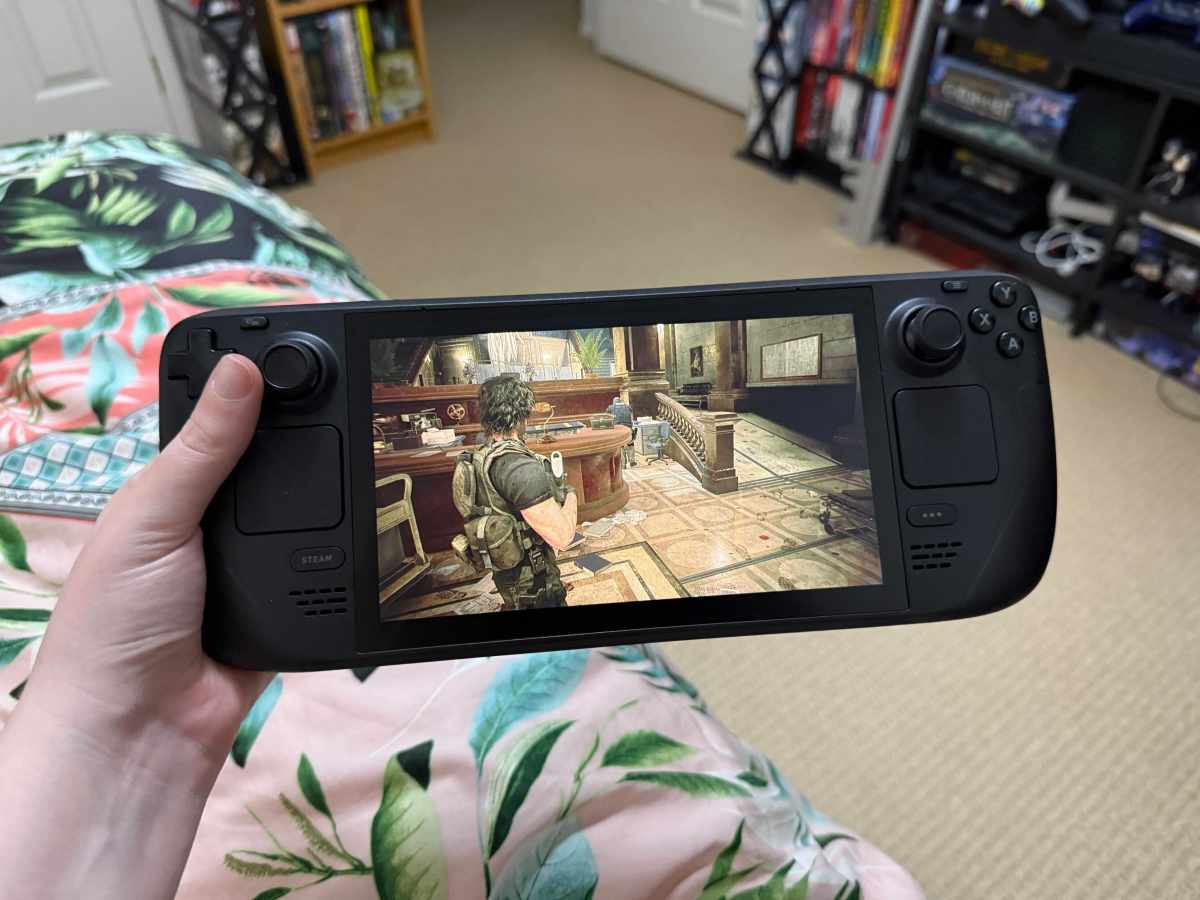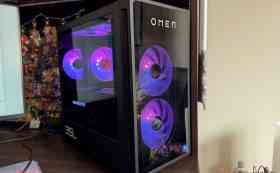After years of waiting, Valve’s Steam Deck is finally launching in Australia in November 2024. Thanks to the folks at Valve, I’ve been hands-on with the Steam Deck 1TB OLED model over the last few weeks, testing its capability, and ruminating on its potential impact in the Australian handheld gaming market.
In lieu of the Steam Deck, Australia has had a string of other handheld gaming devices launching in recent months. The three most viable prospects – the Asus ROG Ally, the Asus ROG Ally X, and the Lenovo Legion Go – are Steam Deck competitors which arrived with one key advantage: the Steam Deck hadn’t yet launched in Australia. Now that it’s on the cusp of release, there is a significant threat to the dominance of these devices.
Having used all of these devices in turn – most frequently, the Asus ROG Ally – gives me ample room for comparison, and evaluation of the Steam Deck’s potential impact. To be clear, each device has a lot going for it, but there are certain advantages and disadvantages to these handhelds.
With all that in mind, let’s start by diving into the Steam Deck, and what it has to offer.
Table of Contents
What’s so good about the Steam Deck?
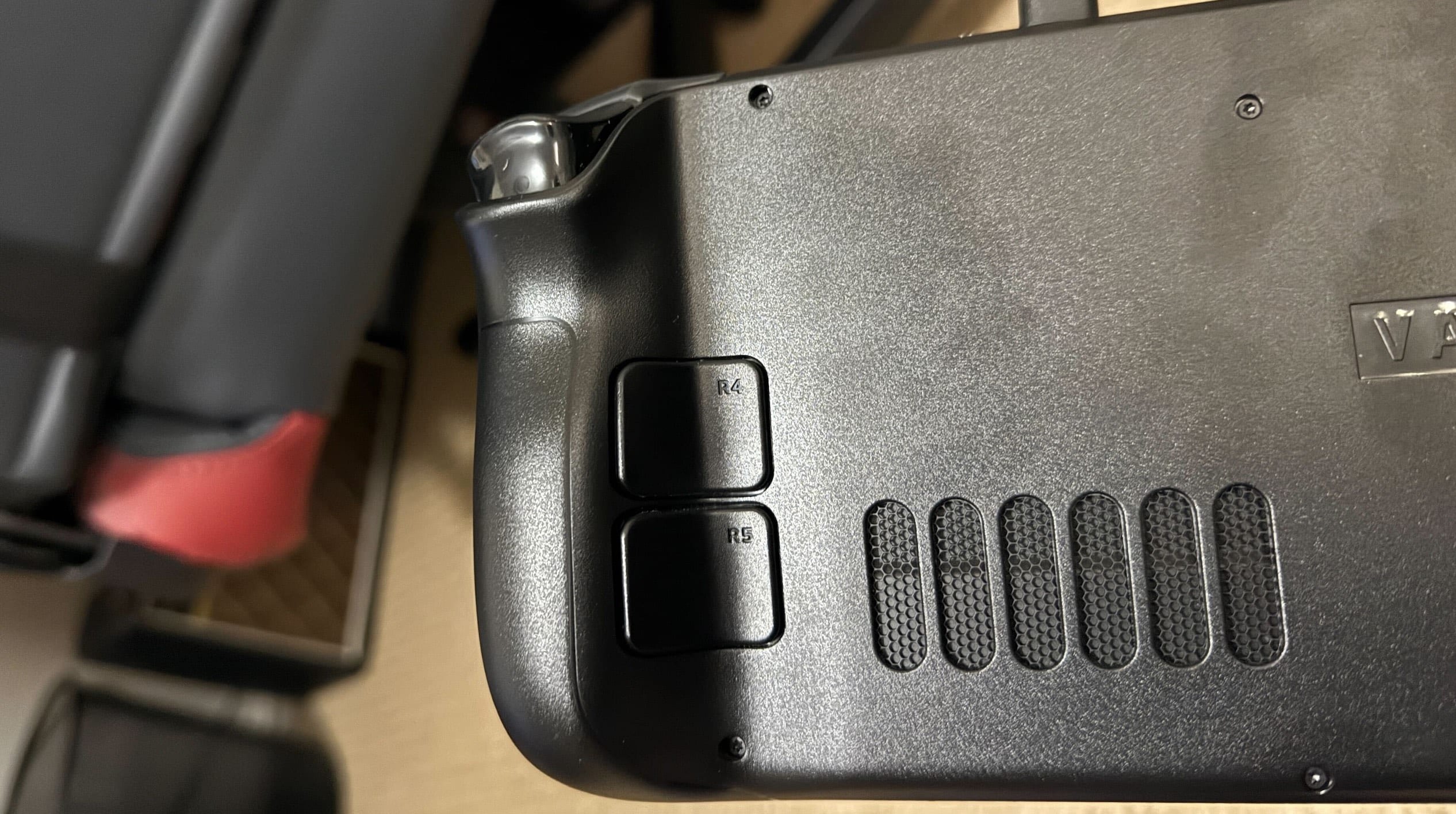
The Steam Deck is a premium handheld gaming device with a focus on great design and aesthetics. From the moment you open the box, you get a real whiff of prestige – the box is neat and well-designed, the console carrying case is stylish, and the device itself is sleek and minimalist. There’s no glaring gamer lights or sharp angles suggesting speed. You just get a neat black chassis, a wide and nicely matte screen, and satisfying, spongey buttons.
The design of the Steam Deck is also very ergonomic, even for those with smaller hands. The device’s handles are bulky, which gives you plenty of room to wrap your hands around them. The back buttons are also neatly placed so your hands rest on them, but they need a good push and intention to activate.
As for the size, the Steam Deck is slightly larger than its competitors, but its wide chassis allows for an impressive screen to take centre stage. (For reference, the cheapest Steam Deck comes with a basic LCD screen, and the other models are equipped with an OLED screen.)
Screen and performance
The Steam Deck OLED’s screen really is fantastic, and allows for bright, crispy gameplay to shine. Lines are sharp, colours are rich, and there was zero noticeable lag or screen-tearing in any of the games I tried (from recent AAA games to past indie hits). In comparison to other handheld gaming devices, the screen looks spectacular, and allows for bigger, better gaming experiences.
Of course, a good-looking screen is nothing without performance to match, and in that regard, the Steam Deck mostly delivers. First, the positives: the Steam Deck is able to handle pretty much any modern PC game you can throw at it. In most cases, games were performing better on the Steam Deck than on my (now five-years-old) gaming laptop.
Whether it was stomping through Resident Evil 3, playing Two Point Campus, or experiencing Life is Strange for the first time (Double Exposure has inspired me to check out the originals), the Steam Deck performed admirably, with a real smoothness and dynamism.
Around one-third of my game library has already been optimised for Steam Deck, and even games that weren’t optimised still ran very well.
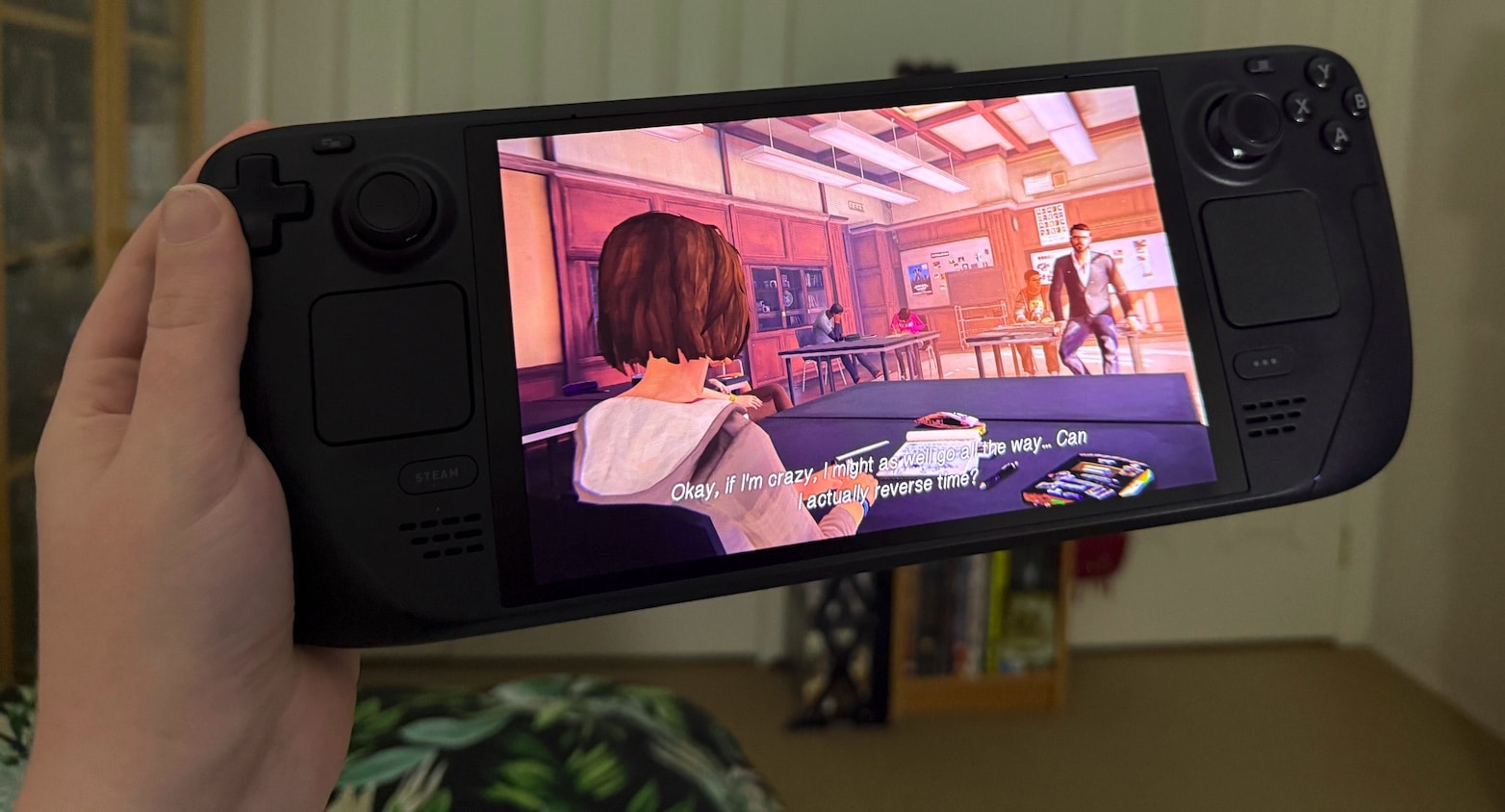
The caveat is that some games required tweaking to play without antagonising the device’s power supply and fans. Resident Evil 3 launched with incredibly pixellated graphics at first, with the game lowering its performance significantly to stay within the memory bounds of the Steam Deck. Eventually, I was able to get it readable – but this required dialling down the game’s resolution, reducing the quality of its textures, and turning off a few other graphics features. This was easy, as RE3 has its own measure of capacity you can work within, but it was a minor and notable bugbear.
For direct comparison, I started my run through of RE3 on the Asus ROG Ally, and had no such troubles there. The game launched well without the need to tweak it, and I was able to play on slightly higher settings without any concerns. The ROG Ally’s Z1 Extreme processor is more powerful than the Steam Deck’s Zen 2 combo, so if you’re just looking at specs, the Steam Deck is the weaker console.
So far, that hasn’t been an issue for me, beyond noticing a slight graphical difference between the two handheld devices. For those who don’t already own a handheld, the difference won’t matter – and most importantly, games still run very well on the Steam Deck.
Fan noise
Related to performance, the Steam Deck’s fan moderation is also impressive. Since we’re discussing the ROG Ally, it’s worth noting this console can get warm-to-hot to touch, despite the fans often working overtime, and being relatively obtrusive. You notice the fans as you play.
The Steam Deck doesn’t have this issue. While playing Resident Evil 3 – used as reference for being one of the more graphics-intensive games I played on the device – the fan noise was a low hum until I entered rooms with multiple zombies or intense action cutscenes. In these moments, it advanced to a slightly louder whir – but it never became notably loud or annoying. The chassis also never got to a temperature I’d call hot, remaining at a dull warmth on more intensive games, and being simply lukewarm while playing less demanding indie games.
Occasionally, I had to flip the console and put the fan to my face, to actually make sure it was going. It was – just very meekly, and only when needed. That’s the flipside to the Steam Deck being slightly less powerful than its nearest competitors – its fan is great, and it wields its power responsibly.
Battery life
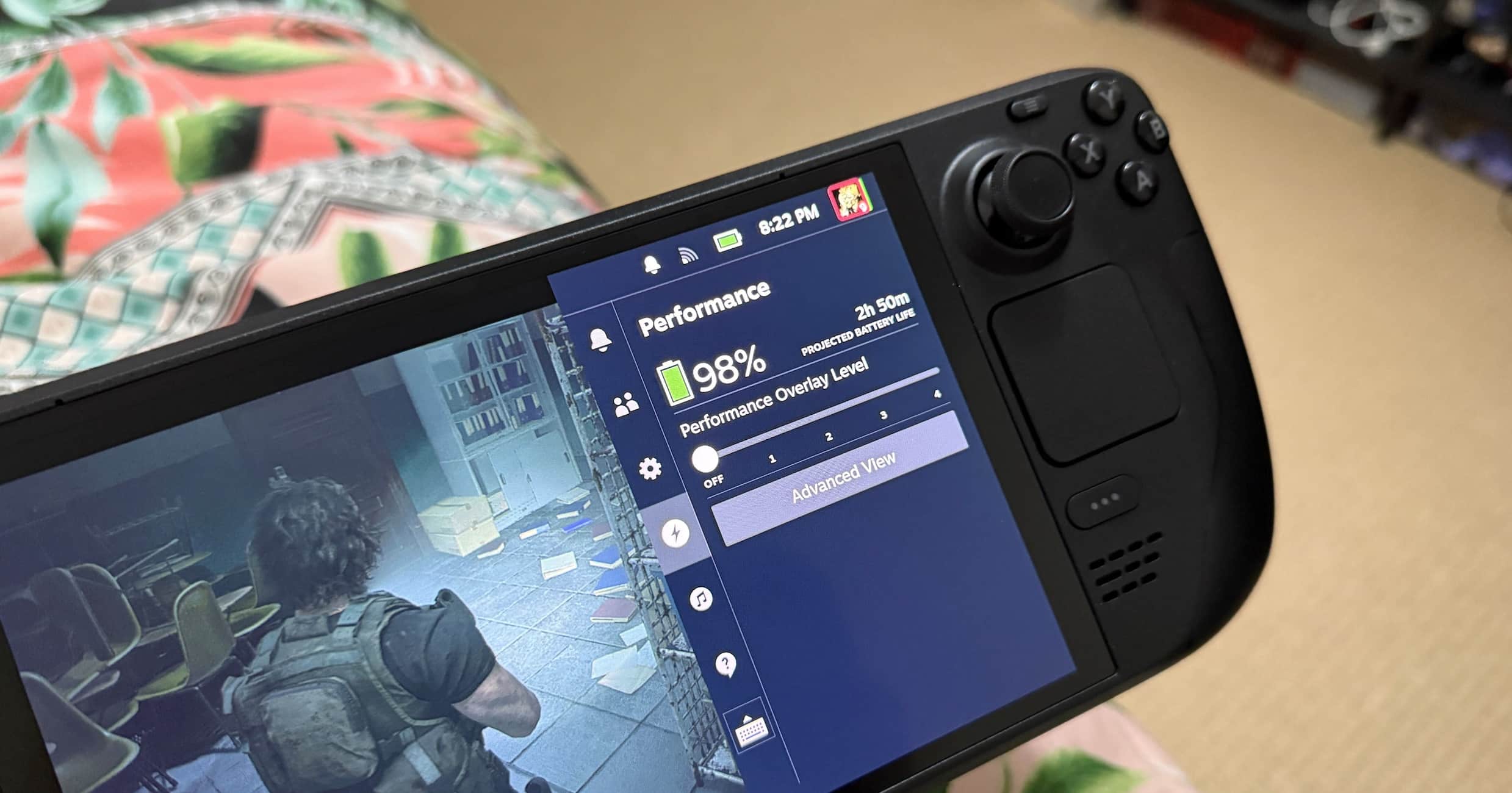
Another major boon for the Steam Deck is its battery life. In sacrificing gut-busting performance, this handheld is actually far more useable than its competitors. While most gaming handhelds will last around 1.5 to 2 hours on battery, the Steam Deck typically lasts between 2.5 and 4 hours.
This depends heavily on which games you play, of course. On Resident Evil 3, it was hitting close to 2.5 hours. On Life is Strange, it lasted 4 hours. As you play, you can also monitor battery life via a very accurate battery predictor, lowering brightness or performance based on how long you want to play.
Having a device last longer, but with slightly lower power, will likely be an appealing thought for potential users.
What’s not so good about the Steam Deck?
As mentioned, the Steam Deck isn’t a perfect device. It can’t match the performance of its nearest competitors, and some games don’t play well without tweaks to settings. In my time with the device, I did also have one other issue worth mentioning.
Compatibility with PC games
By nature, the Steam Deck is relatively limited when it comes to platform compatibility. If you’ve only got your PC games on Steam, then you’re off to the races. There’ll be no drama here. But if you’re somebody like me who hunts game deals across Steam, the Microsoft Store, the Epic Games Store, and GOG, the Steam Deck will present a challenge.
This device can only play games directly from Steam. While you can “break open” the device and make it compatible with Windows, the reality is that most folks won’t be comfortable doing so. In that regard, we should still consider the Steam Deck a firm Steam-only device.
For me, that means it won’t strictly replace other handheld gaming devices. I’ll still be using my ROG Ally when it comes to playing my Microsoft Store purchases, all my little retro games on GOG, and my freebies claimed from Epic Games.
How does the Steam Deck compare to other handheld gaming devices?
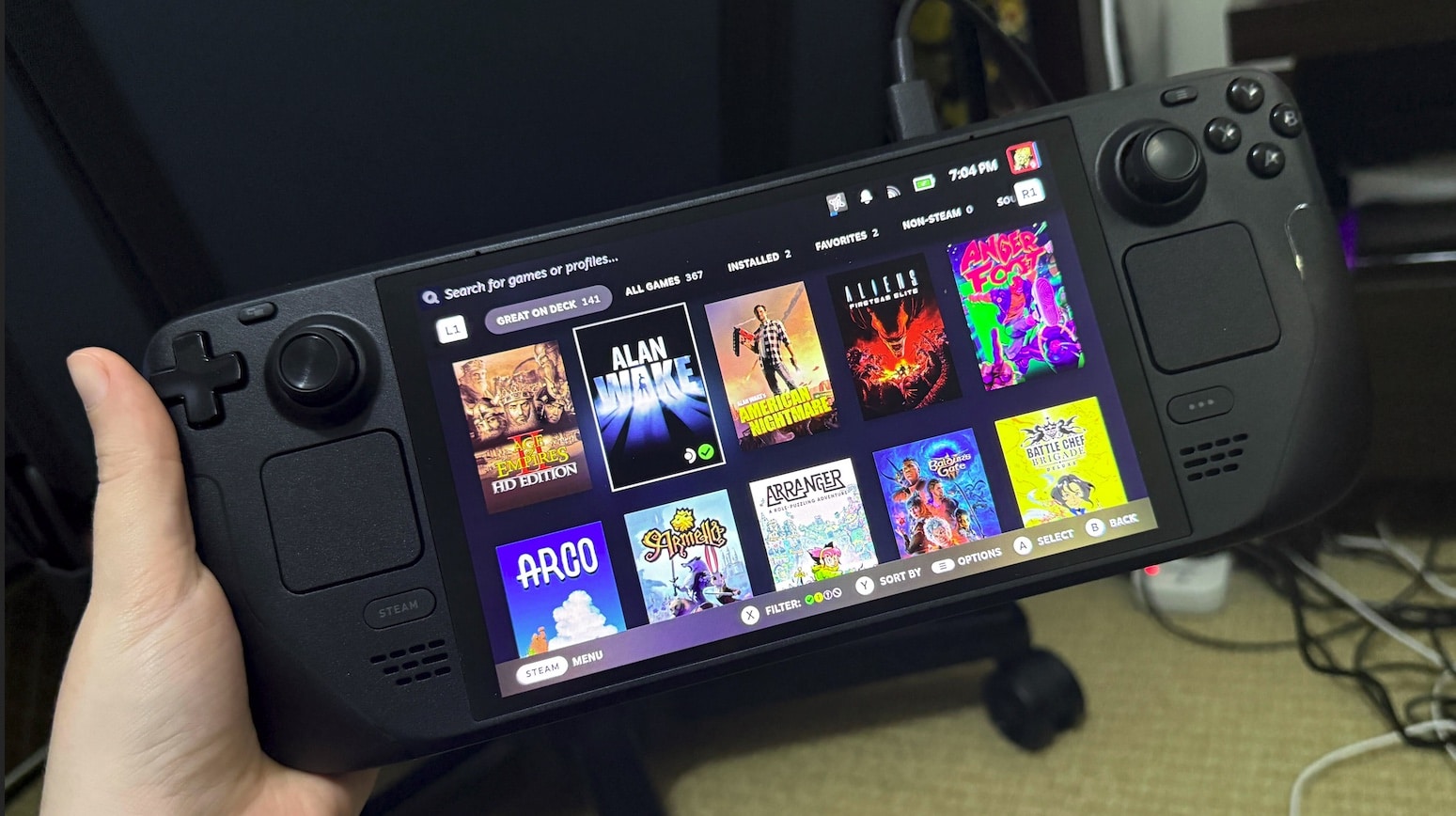
For a quick rundown of everything mentioned above, the Steam Deck is a standout handheld gaming device that compares favourably to its competitors, with some caveats.
If you want a device that lasts you a long time, the Steam Deck is miles ahead, in terms of battery life. Its fans are also more reasonable and measured than other handheld gaming devices.
If you’re looking for the best-looking screen, the Steam Deck OLED also wins here. Its screen rocks bright, vivid colours, and a real crispness that makes gameplay more engaging and eye-catching.
Read: How the Asus ROG Ally X compares to the original ROG Ally
If you’re looking to play all your PC games, including non-Steam games, you might want to consider an Asus ROG Ally. It’s far more compatible, as it has a Windows basis. Performance-wise, the Asus ROG Ally (and Ally X) also wins out, as it’s slightly more capable than the Steam Deck.
For a less tangible, more vibes-based feeling, the Steam Deck does have one other advantage: it feels great to use. It’s ergonomically designed, minimalist in approach, and is very comfortable to hold, even during longer gaming sessions.
Final Verdict
For those yet to make a decision on purchasing the Steam Deck when it launches in Australia, there’s plenty to consider. You must look to your needs, and how you’ll use the device. Are your PC games mostly on Steam? Do you enjoy playing games handheld? Would you prioritise performance over battery life, or vice versa?
Over the last few weeks, I’ve become enamoured with the Steam Deck, and everything it has to offer. It’s a nifty little device designed with clear goals in mind. Its long battery life has been very conducive to longer, more involved gaming sessions, and it being under-powered compared to its competitors has never been a significant issue.
With its premium touches, comfort, and ease of use, the Steam Deck is a standout handheld device that will likely become a close companion of mine.
Those in Australia keen to purchase a Steam Deck can do so from November 2024. You can learn more from the Steam website. Prices start from AUD 649, and the top-of-the-range 1TB OLED model reviewed here is priced at AUD $1,049.
Four-and-a-half stars: ★★★★½
Steam Deck 1TB OLED
Release Year: 2024
Manufacturer: Valve
A Steam Deck 1TB OLED device was provided by Valve for the purposes of this review.
